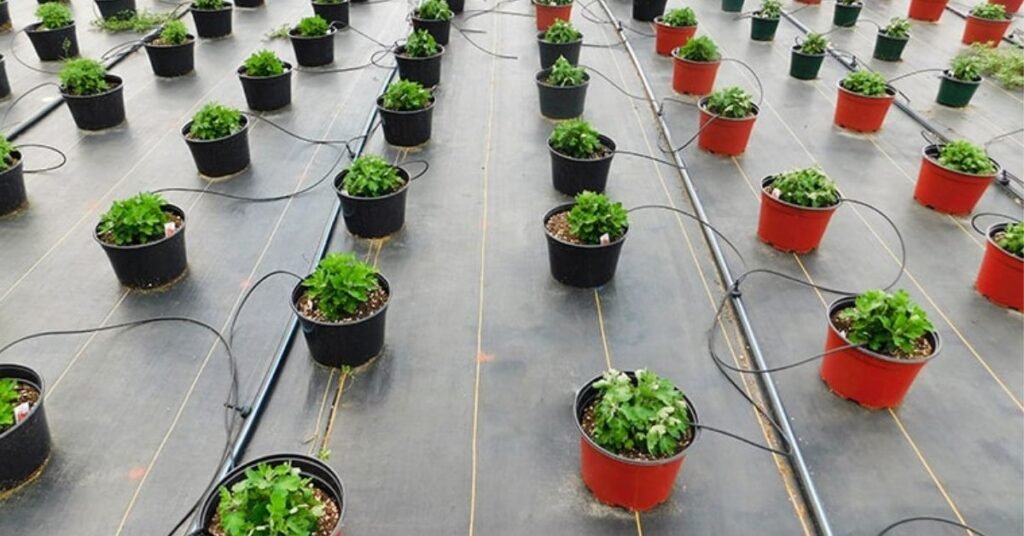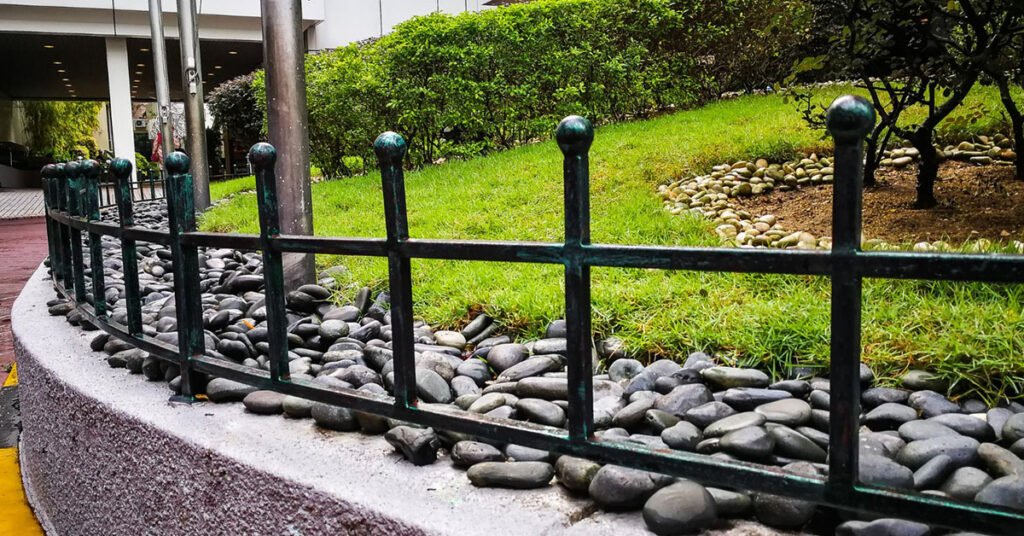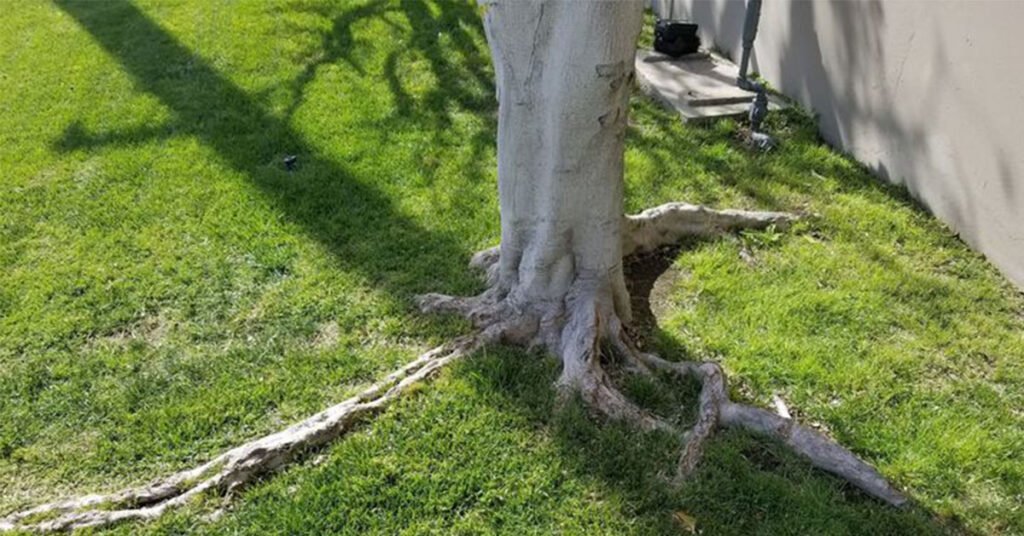Landscape fabric is a versatile material that plays a crucial role in garden maintenance, offering benefits such as weed suppression, moisture retention, and soil protection. Whether you’re creating new garden beds, maintaining existing landscapes, or planning a vegetable garden, understanding how to effectively use landscape fabric can significantly enhance your gardening experience. In this guide, we’ll explore the benefits of landscape fabric, step-by-step installation tips, and best practices for incorporating it into your garden.
How to Use Landscape Fabric in Your Garden
Landscape fabric is a valuable tool for maintaining a healthy and weed-free garden while conserving moisture and protecting soil structure. Follow these steps to effectively use landscape fabric in your garden:
1. Assess Your Garden Needs
Before you begin, evaluate which areas of your garden could benefit from landscape fabric:
- Identify where you want to suppress weeds, such as garden beds, pathways, or under mulch around plants.
- Determine if you need to improve moisture retention or protect soil from erosion.
2. Prepare the Area
Prepare the soil and area where you plan to lay the landscape fabric:
- Clear the designated area of existing weeds, rocks, and debris.
- Level and smooth the soil surface to ensure even coverage of the fabric.
3. Choose the Right Type of Landscape Fabric
Select landscape fabric that suits your gardening needs:
- Opt for UV-resistant fabric to ensure longevity under sunlight.
- Choose a permeable fabric that allows water and nutrients to penetrate while blocking weed growth.
4. Measure and Cut the Fabric
Measure the area to be covered and cut the landscape fabric accordingly:
- Use scissors or a utility knife to cut the fabric to size, leaving extra for overlapping seams and securing edges.
5. Lay and Secure the Fabric
Place the landscape fabric over the prepared area and secure it in place:
- Unroll the fabric and position it carefully, ensuring full coverage of the soil surface.
- Use fabric pins or stakes to secure the edges and corners, especially in windy conditions.
6. Create Plant Openings
Make openings in the fabric where plants will be placed:
- Use a utility knife to cut X-shaped or slit openings in the fabric at planting locations.
- Fold back the flaps of fabric around each plant to allow for growth and water penetration.
7. Cover and Maintain
Finish by covering the fabric with mulch or gravel for added protection and aesthetics:
- Spread a layer of mulch or gravel over the fabric to weigh it down and improve its appearance.
- Regularly inspect the fabric for tears, shifts, or weed growth, and make adjustments as needed.
8. Monitor and Adjust
Monitor the effectiveness of the landscape fabric over time:
- Check for weed growth and adjust the fabric or mulch as necessary.
- Reapply mulch or gravel periodically to maintain a clean and tidy appearance.
Benefits of Using Landscape Fabric
- Weed Control: Suppresses weed growth by blocking sunlight and reducing weed germination.
- Moisture Retention: Helps retain soil moisture by minimizing evaporation, promoting healthier plant growth.
- Soil Protection: Acts as a barrier to protect soil structure and prevent erosion, especially on slopes.
By following these steps and best practices, you can effectively use landscape fabric to enhance your garden’s health and appearance, reducing maintenance while promoting optimal plant growth and soil health.
Read More: How to Cut a Landscaping Brick
Conclusion
Integrating landscape fabric into your garden can streamline maintenance efforts, promote plant health, and enhance the overall appearance of your outdoor space. By following the steps and best practices outlined in this guide, you can effectively use landscape fabric to create sustainable and thriving garden beds, pathways, and landscape features.



